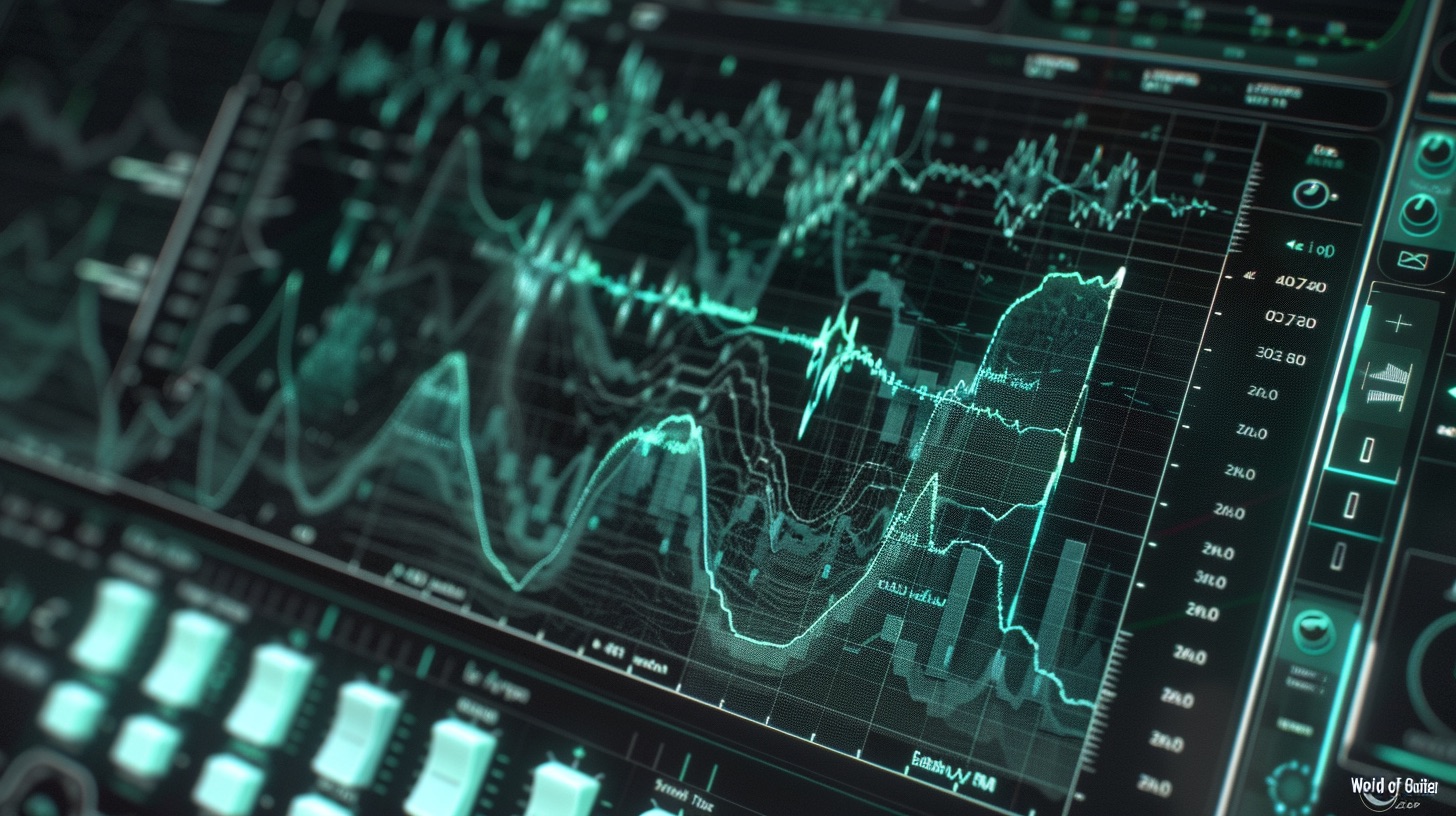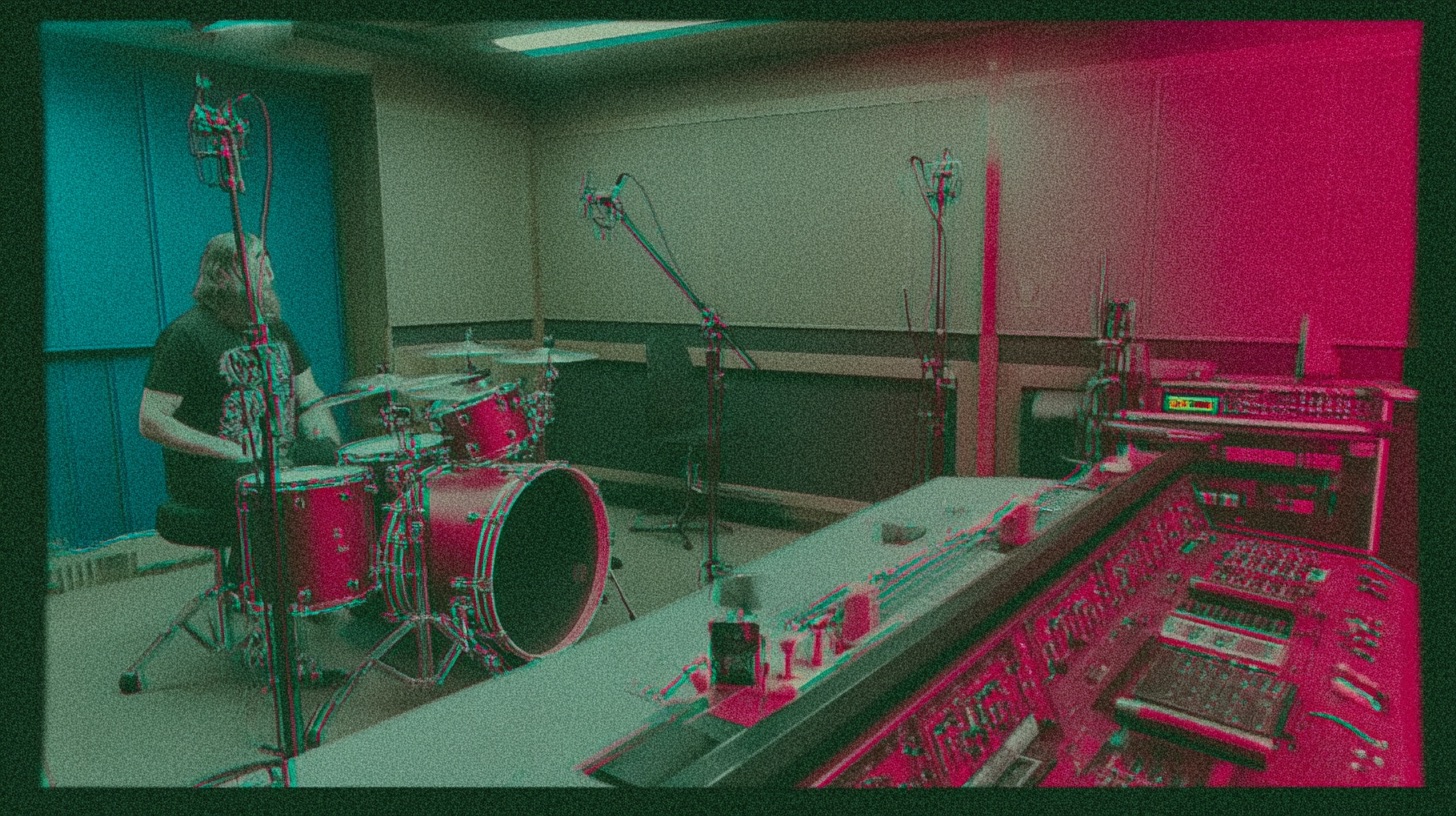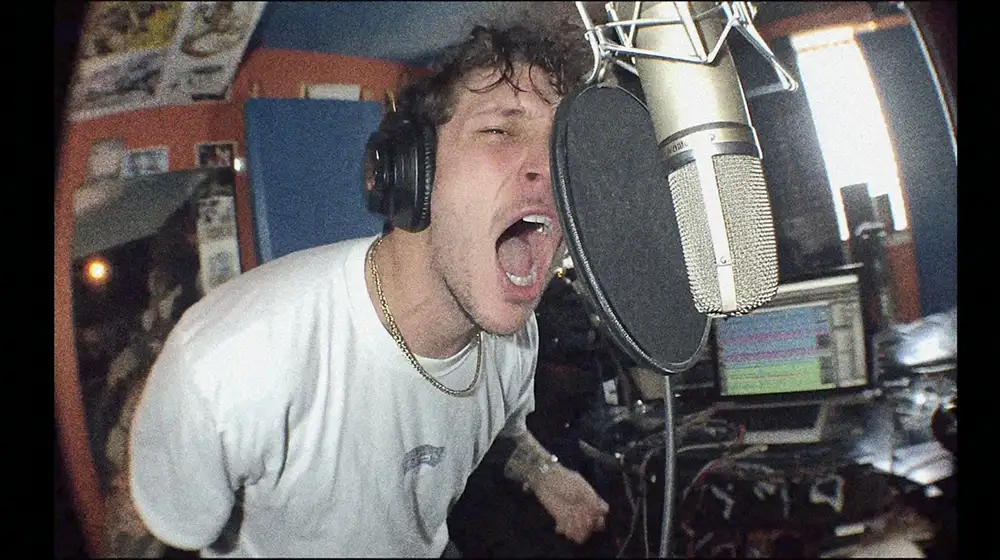
Mixing Leprous Bass Guitar with Jens Bogren’s Low-End Tricks
Nail The Mix Staff
Let’s be honest, mixing bass in a dense, technical metal track like something from Leprous is a serious challenge. You need it to be a powerful, foundational low-end force, but it also has to have enough definition to cut through layered guitars and complex drums without turning the whole mix into a muddy mess. Even tougher? Getting it all loud without your master bus crumbling every time a tom fill hits.
We got an inside look at how legendary producer Jens Bogren tackles this exact problem while mixing Leprous. Forget basic EQ and compression; these are the surgical, next-level moves that separate a good mix from a great one. Let’s break down three of his go-to techniques for getting a clean, aggressive, and powerful bass tone.
Bringing High-End Bite Back with a Processed DI
Ever feel like your awesome amped bass tone is warm and fat, but it just lacks that fresh-string “zing” or pick attack? An overdriven amp can smooth over the very transients that help a bass cut through, especially on smaller speakers. Jens has a slick solution for this that doesn’t involve re-amping or trying to EQ frequencies that aren’t there.
Crafting the “String” Track
The trick is to use the clean DI signal in parallel, but not for its low-end—for its top-end. Think of it as a dedicated “string sound” track that you can blend in to taste.
Here’s the process:
- Duplicate or send your DI track to a new channel.
- EQ it aggressively. Start with a steep high-pass filter to get rid of all the low-end mud. You only want the highs. You might even use a low-pass filter way up high to remove any unwanted hiss.
- Crush it. To make the subtle string noise and pick attack audible, you need to bring its level way up. Jens suggests a few tools for this. You could use a character compressor like the Soundtoys Devil-Loc to add some grit and vibe, or go for a clean and simple ceiling with a limiter like the Waves L1. To get these processors to really work, you might need to crank the output gain on the EQ that comes before it in the chain.
- Blend to taste. Now, just slowly blend this hyper-compressed “string” track underneath your main amped tone. It will add that treble and articulation back, giving the impression of newer strings and a more aggressive performance.
He also notes that if you were to use the DI to reinforce the low-end, you’d absolutely need to check the phase alignment against the amp track. A tool like Sound Radix Auto-Align would be perfect for this, as it can calculate the sample delay and even make phase rotation adjustments to get them perfectly in sync. For just adding high-end, however, it’s often less critical.
Conquering Tom Fills: Dynamic EQ for Headroom
Here’s a classic metal mixing problem: the tom fills hit, and your mix suddenly distorts or feels choked. That’s because the massive low-end energy of the toms is competing for the same space as the bass guitar, creating a huge spike in level that eats all your headroom.
The common solution is to carve out frequencies from the bass to make room for the toms. But why sacrifice your bass tone for the entire song when the problem only happens during a few fills? This is where dynamic processing comes in.
Setting Up Sidechain Ducking with Waves C6
Jens uses a multiband compressor with a sidechain input to create space for the toms only when they hit. It’s one of the most powerful metal compression secrets for a clean and punchy mix.
Here’s the setup using the Waves C6:
- Place the C6 on your main bass bus.
- Set up a send from your tom tracks (or a dedicated tom bus) to the sidechain input of the C6 plugin. Make sure this send is set to Pre-Fader so the tom fader level doesn’t affect the amount being sent to the sidechain.
- Engage a sidechain band. On the C6, select one of the two floating bands (bands 5 or 6) and set its input to “Ext” (External Sidechain).
- Target the problem area. Position this dynamic band in the low-mids where the bass and toms are clashing.
- Set the threshold. Now, when the toms play, you’ll see them triggering this band, which will duck the selected bass frequencies. The bass tone returns to normal the instant the fill is over.
This clears up the mud and creates massive headroom automatically, allowing you to get a louder, cleaner final mix.
The C6 as a “Three-in-One” Tone Shaper
Using the C6 just for sidechaining is only scratching the surface. Jens uses the remaining bands to do some powerful shaping that a standard EQ can’t quite achieve.
Taming Lows and Pushing Highs Simultaneously
While one band is ducking for the toms, the other bands can be put to work dialing in the core tone.
- Taming the Fundamental: He’ll often use one of the lower bands as a standard compressor, targeting the fundamental notes of the bass to even out the performance. This ensures the low-end foundation of the song stays solid and consistent.
- The Aggressive-but-Tamed Shelf: This is a seriously cool EQ strategy. To get the bass to cut through with more aggression and string sound, Jens will use a high-shelf band (starting around 1.5kHz-2kHz) and boost it. But here’s the key: he simultaneously uses the compression capability of that same band to clamp down on the boost.
The result? The perceived aggression, distortion character, and string definition are pushed forward, but the boost is instantly tamed. You get all the aggressive presence without any of the harsh, pokey peaks that a simple EQ boost would create.
A Quick Warning: Mind the Phase
Powerful multiband tools like the Waves C4 and C6 are incredible, but they can introduce phase rotation at their crossover points. Jens warns that you always need to A/B the plugin to make sure it’s truly beneficial. Sometimes, the phase shift can thin out the low end. If you hear this, try hitting the polarity/phase invert button (180°) on your bass track—sometimes this will snap everything back into a powerful, coherent alignment.
These are the kind of details that take a mix from good to pro-level. And seeing them in action is even better.
Leprous on Nail The Mix
Jens Bogren mixes "The Price"
Get the Session
If you want to see exactly how legendary producer Jens Bogren applies these techniques, dials in the plugins, and makes every decision to craft a world-class mix, you can watch his full, unedited session mixing this exact Leprous track on Nail The Mix. You get the a-ha moments, the problem-solving, and the raw multitracks to practice on yourself.
Stop guessing and start learning from the best in the business. Dive right into the deep end with our full courses and see how the pros do it, or check out another one of his classic sessions like this deep dive into his Opeth mix and dozens more like it.






